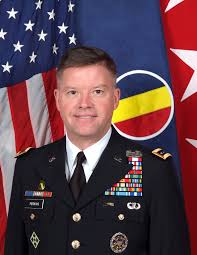
For the first time, an Army Operating Concept (AOC) acknowledges success at the strategic level of war is a required land force capability, connecting a capability to achieve national goals with service success at the tactical and operational levels, a senior officer said. The AOC, produced by the Army Training and Doctrine Command (TRADOC), guides future force development by identifying fundamental capabilities the future Army needs to support U.S. policy objectives. The title, Win in a Complex World, emphasizes "the…










